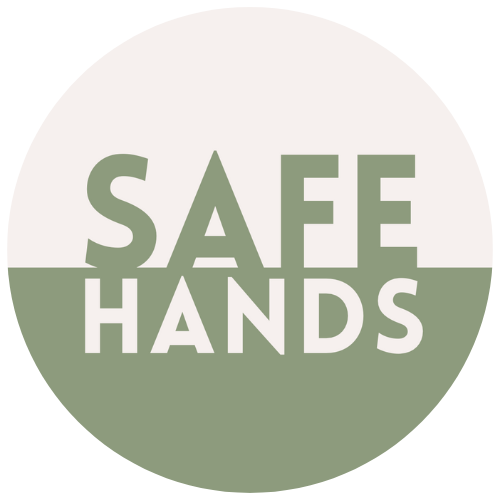How to: Treat Cradle Cap
Let's chat Cradle Cap!
This is by far one of the most common questions that drops into my DMs on Insta...'I think my baby has Cradle Cap and I have no clue what to do about it!'
So, let's do deep dive on what Cradle Cap actually is and what in the world you can do about it!
Cradle Cap: Give me the low down...
Cradle cap, also known as infantile seborrheic dermatitis, is a common skin condition that affects newborn babies. It is characterized by rough, scaly patches on the baby's scalp. Although it may look unpleasant, cradle cap is harmless and can clear up on its own within a few months.
The exact cause of cradle cap is unknown, but it is believed to be related to the hormones passed from the mother to the baby during pregnancy. These hormones cause the baby's sebaceous glands to produce more oil, leading to the formation of the scales.
Treating Cradle Cap
While cradle cap does not always require treatment, here is one method you can use, that will reduce (or potentially remove entirely) your baby's cradle cap:
- Gently massage the affected area with baby oil, vaseline or olive oil. This can help to loosen the scales. Leave it on overnight (or for a few hours at the very least).
- Then gently brush the scalp with a soft brush or comb to loosen/lift the scales.
- Using a mild, baby-friendly shampoo, gently wash the baby's scalp. Be sure to rinse thoroughly and avoid getting shampoo in the baby's eyes.
- Brush their hair one more time, removing any scales from strands of hair.
- If this doesn't entirely take away the scales, then repeat the process in a few days. Give your baby's scalp some time to settle, immediately after the bath you may notice they are a little red however this should ease quickly and shouldn't be uncomfortable!
Preventing Cradle Cap
While Cradle Cap cannot always be prevented, there are a few steps you can take to minimise it's occurrence:
- Regularly wash your baby's scalp with a gentle shampoo.
- Gently brush your baby's scalp regularly to remove any excess oil and prevent the buildup of scales.
- Avoid using harsh soaps or shampoos that may irritate your baby's skin.
Which products do I recommend?
Mustela Cradle Cap Foaming Shampoo

Silicone Brush

When to Seek Medical Advice
In the vast majority of cases, cradle cap is harmless and does not require medical intervention. However, you should consult your GP if:
- The cradle cap spreads to other areas of the body.
- The affected area becomes red, inflamed, or starts to ooze.
- Your baby shows signs of discomfort or itching.
Remember, cradle cap is a common condition that usually resolves on its own. With gentle care and patience, you can help manage and treat Cradle Cap while keeping your baby's scalp healthy and comfortable.
Hope this helps you out!
